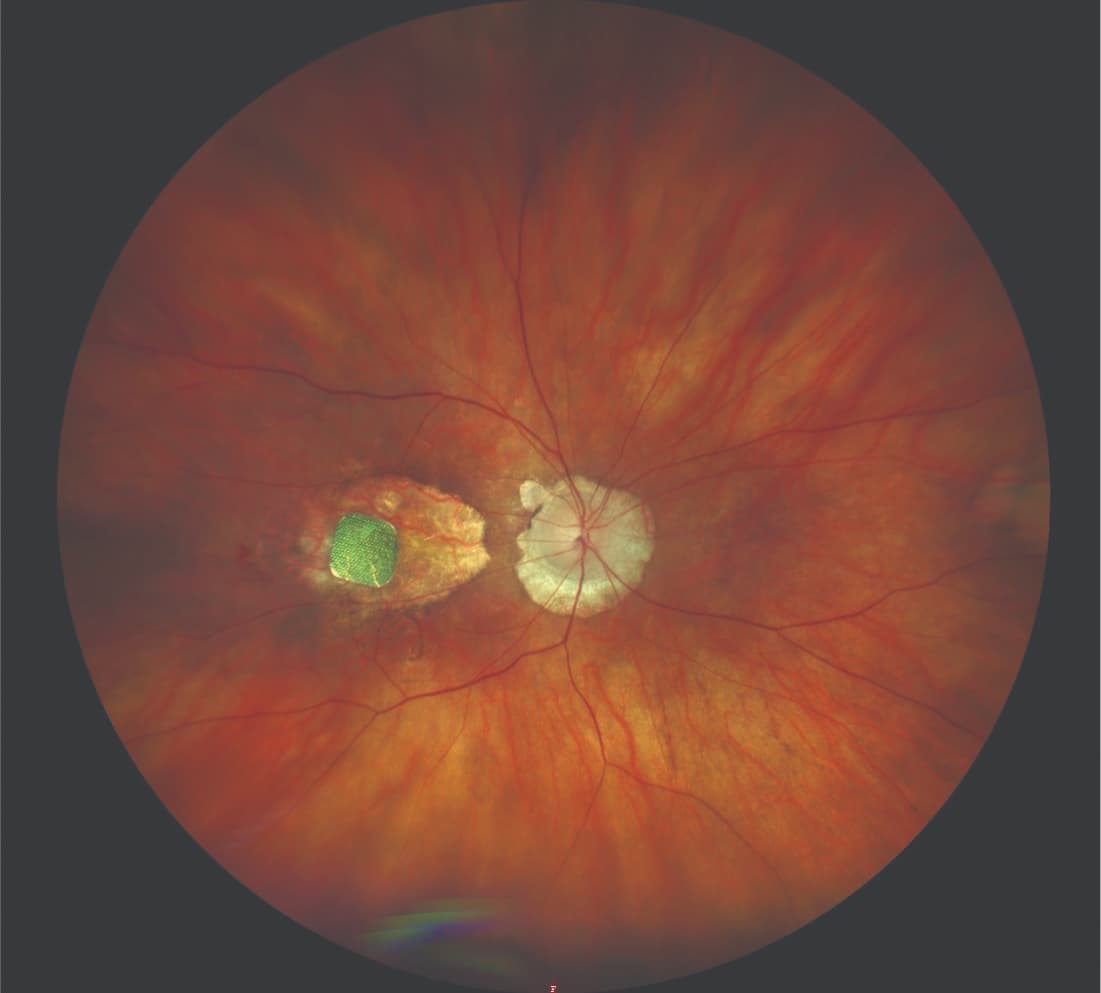
Retina
Latest News
Latest Videos

More News

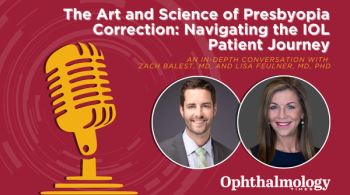
Leading cataract surgeons discuss their comprehensive approach to IOL counseling, exploring how they bridge expectation gaps and tailor premium lens strategies to each patient's unique anatomy, goals, and lifestyle.

The DRAGON trial was a 24-month pivotal phase 3 trial evaluating Tinlarebant in adolescent STGD1 patients.

Kiora Pharmaceuticals advances ocular therapies with new patents for KIO-104, targeting retinal inflammation and enhancing treatment options.

Both therapeutics will leverage AGC Biologics’ BravoAAV suspension platform and use an innovative dual AAV vector approach, which splits the therapeutic gene into 2 halves.


HELIOS-3 is a phase 3 registrational program for AXPAXLI (or OTX-TKI) for the treatment of non-proliferative diabetic retinopathy (NPDR).

AAO 2025 revealed that true-color widefield imaging, AI-powered home OCT, and refined FAERS analyses are collectively transforming retinal diagnostics into a more precise, continuous, and safety-aware system.
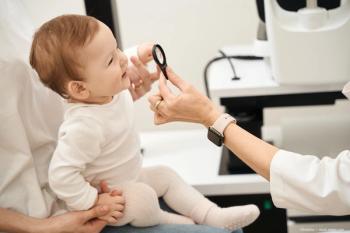
According to the company, this is the first and only single-use kit on the market that includes the diagnostic lens.

Regeneron's EYLEA HD injection 8 mg approved by FDA for the treatment of macular edema following RVO
Additionally, the FDA approved a monthly dosing option for some patients who may benefit from resuming this dosing schedule across approved indications.

CoTx-101 is intended for the treatment of retinal vascular diseases, such as wet age-related macular degeneration (wAMD) and diabetic macular edema (DME).

RUSH2A is an ongoing natural history study for patients with mutations in the USH2A gene causing Usher syndrome type 2A or nonsyndromic retinitis pigmentosa (RP).

Best disease, also known as vitelliform macular dystrophy, is a rare, inherited retinal condition causing macular degeneration by mutations in the BEST1 gene, leading to progressive vision loss and potentially blindness.
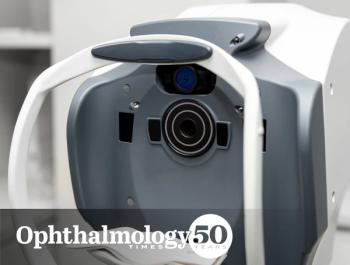

Anat Loewenstein, MD, discusses the transformative impact of home OCT and AI on monitoring retinal diseases at AAO 2025.

Ophthalmologists weigh in on how the extended-duration therapy may reduce treatment burden for patients with wet age-related macular degeneration.

OPGx-LCA5 is designed to address a form of Leber congenital amaurosis that results from biallelic mutations in the LCA5 gene, which encodes the lebercilin protein, the investigators explained.

PolyActiva and RareSight collaborate to create innovative therapies for rare pediatric retinal diseases, aiming to transform treatment and improve children's vision.
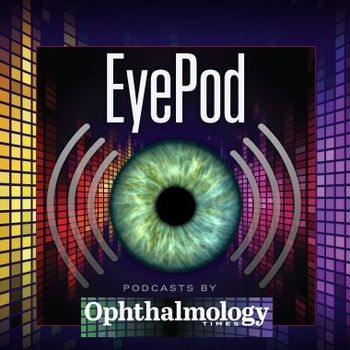
Tsu Shan Chambers shares how the film "My Eyes" uses authentic storytelling to raise awareness of inherited eye disease and the importance of preventive vision care.

The addition comes as the company accelerates development of its long-acting anti-VEGF program and advances its HA-binding platform.

The EXTEND study is a 5-year follow-up of participants who received a single intravitreal injection of MCO-010 in a previously conducted phase 1/2a trial.

The funding will support the completion of the clinical PoC of its AAVB-039 CELESTE study and the completion of the STELLA natural history study

Tsu Shan Chambers, optometrist and filmmaker, blends clinical insight and storytelling to highlight preventable vision loss, retinitis pigmentosa, and the power of ability over disability in her socially conscious film.

Deborah A. Ferrington, PhD, highlights how breakthroughs in imaging, AI, and stem cell research are reshaping ophthalmology.

NYRVANA is the first-in-human trial and is an open-label, multicenter, dose-escalation study investigating the safety, tolerability, and preliminary efficacy of a single intravitreal injection of SPVN20 over 6 months.



